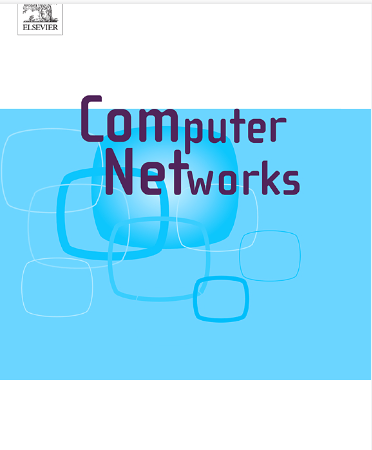A trust and bundling-based task allocation scheme to enhance completion rate and data quality for mobile crowdsensing
IF 4.4
2区 计算机科学
Q1 COMPUTER SCIENCE, HARDWARE & ARCHITECTURE
引用次数: 0
Abstract
In Mobile CrowdSensing (MCS), task bundling has shown promise in improving task completion rate by pairing unpopular tasks with popular ones. However, existing methods often assume truthful data from workers, an assumption misaligned with real-world MCS scenarios. Workers tend to submit low-quality or false data to maximize their rewards, particularly given the Information Elicitation Without Verification (IEWV) problem, which hinders the detection of dishonest behavior. To address this, we propose a Trust and Bundling-based Task Allocation (TBTA) scheme to enhance task completion rates and data quality at a low cost. The TBTA scheme includes three main strategies: (1) a trusted worker identification algorithm that evaluates workers' trust degrees by considering the IEWV challenge, allowing for the selection of reliable workers and thus ensuring higher data quality; (2) a task bundling method using the Non-dominated Sorting Genetic Algorithm II to bundle unpopular tasks with popular ones strategically, maximizing platform utility and completion rates; and (3) an optimal allocation algorithm that assigns trusted workers to tasks best suited to their capabilities, thus improving data reliability and minimizing costs. Experimental results demonstrate that compared to the state-of-the-art methods, the TBTA scheme achieves a 15.54 % improvement in task completion rate, and a 1.83 % reduction in worker travel distance.
基于信任和捆绑的任务分配方案,提高移动众感应的完成率和数据质量
本文章由计算机程序翻译,如有差异,请以英文原文为准。
求助全文
约1分钟内获得全文
求助全文
来源期刊

Computer Networks
工程技术-电信学
CiteScore
10.80
自引率
3.60%
发文量
434
审稿时长
8.6 months
期刊介绍:
Computer Networks is an international, archival journal providing a publication vehicle for complete coverage of all topics of interest to those involved in the computer communications networking area. The audience includes researchers, managers and operators of networks as well as designers and implementors. The Editorial Board will consider any material for publication that is of interest to those groups.
 求助内容:
求助内容: 应助结果提醒方式:
应助结果提醒方式:


